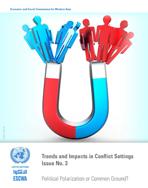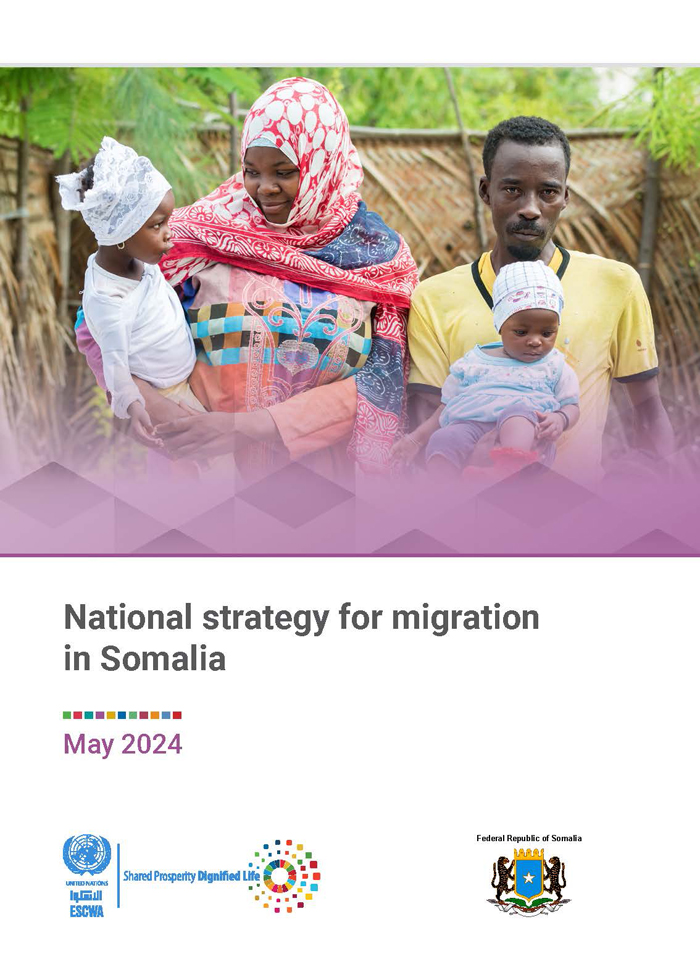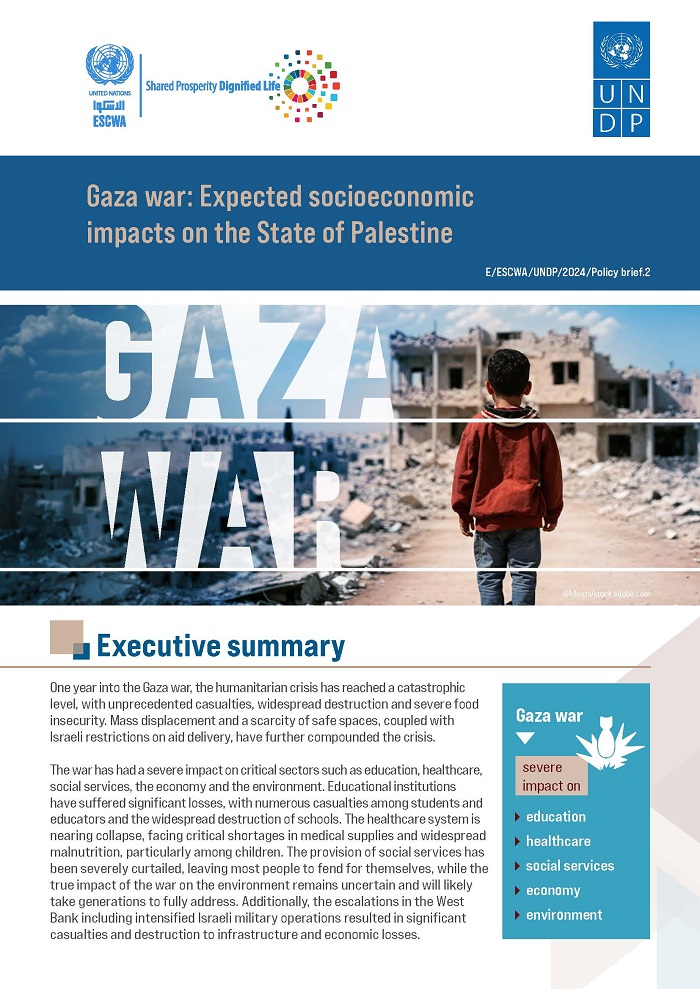
ESCWA Publication: E/ESCWA/ECRI/2015/1
Country: Arab region
Publication Type: Reports & studies
Cluster: Governance and Conflict Prevention
Focus Area: Governance & enabling environment, Resilient development & conflict prevention
Initiatives: Supporting Least Developed Countries
SDGs: Goal 16: Peace, Justice and Strong Institutions
Keywords: Conflict, Democracy, Public opinion polls, Youth, Revolutions, Statistical data, Unemployment, Violence
Political Polarization or Common Ground? Trends and Impacts in Conflict Settings, Issue No. 3
January 2015
Arab countries have the youngest populations by global standards. Given the region’s demographics and record of youth activism during the Arab uprisings, the present study revisits the youth bulge arguments dominating post-Arab uprising literature, which have often linked young demographics to violence and instability. The study explores the extent to which polarization patterns are youth driven and whether young people can be conceptualized as a collective actor.
Employing standard deviation analysis to responses from the most recent wave of the World Values Survey (2010-2014), the study explores empirical patterns of preferences and attitudes among young people in nine Arab countries in transition. Examining the degree of divergence in youth opinions reveals that, as far as political orientation goes, young people cannot be conceptualized as a cohesive category, even if they may show similar participation patterns. Unlike prevailing post-Arab uprising literature on this subject, the study suggests that polarization patterns in Arab countries in transition are not necessarily youth-driven and that young people in these countries should not necessarily be perceived as a collective actor.
Related content
Governance & enabling environment
, Resilient development & conflict prevention
,
Arab countries have the youngest populations by global standards. Given the region’s demographics and record of youth activism during the Arab uprisings, the present study revisits the youth bulge arguments dominating post-Arab uprising literature, which have often linked young demographics to violence and instability. The study explores the extent to which polarization patterns are youth driven and whether young people can be conceptualized as a collective actor.
Employing standard deviation analysis to responses from the most recent wave of the World Values Survey (2010-2014), the study explores empirical patterns of preferences and attitudes among young people in nine Arab countries in transition. Examining the degree of divergence in youth opinions reveals that, as far as political orientation goes, young people cannot be conceptualized as a cohesive category, even if they may show similar participation patterns. Unlike prevailing post-Arab uprising literature on this subject, the study suggests that polarization patterns in Arab countries in transition are not necessarily youth-driven and that young people in these countries should not necessarily be perceived as a collective actor.



